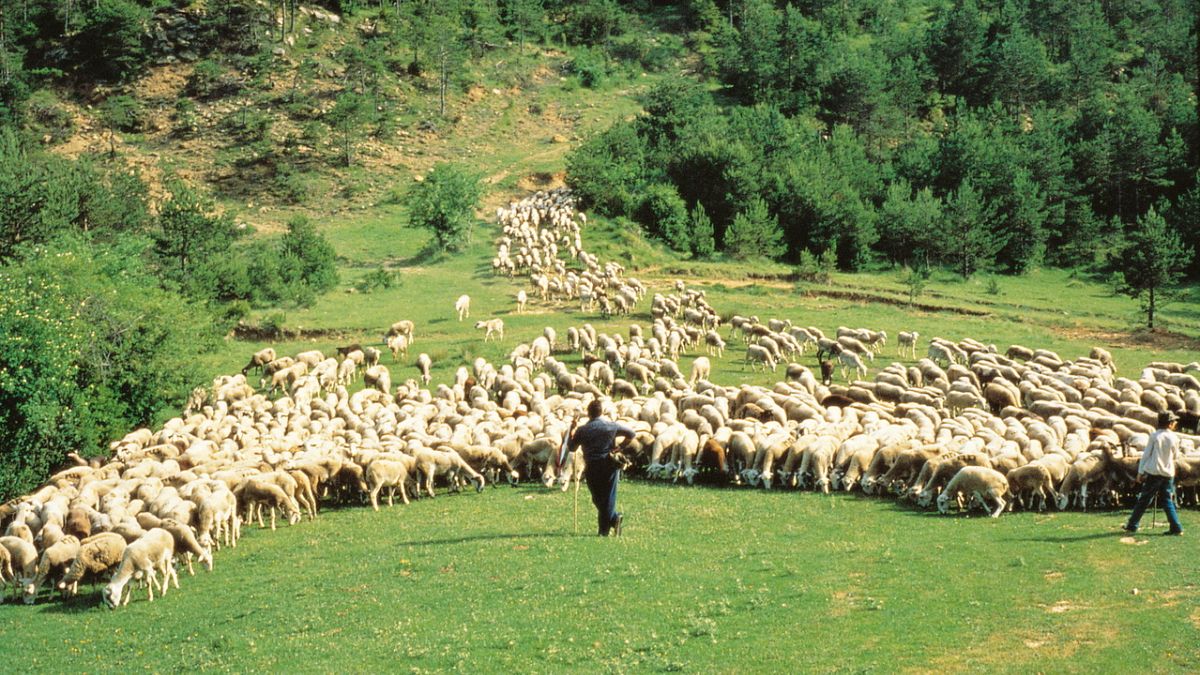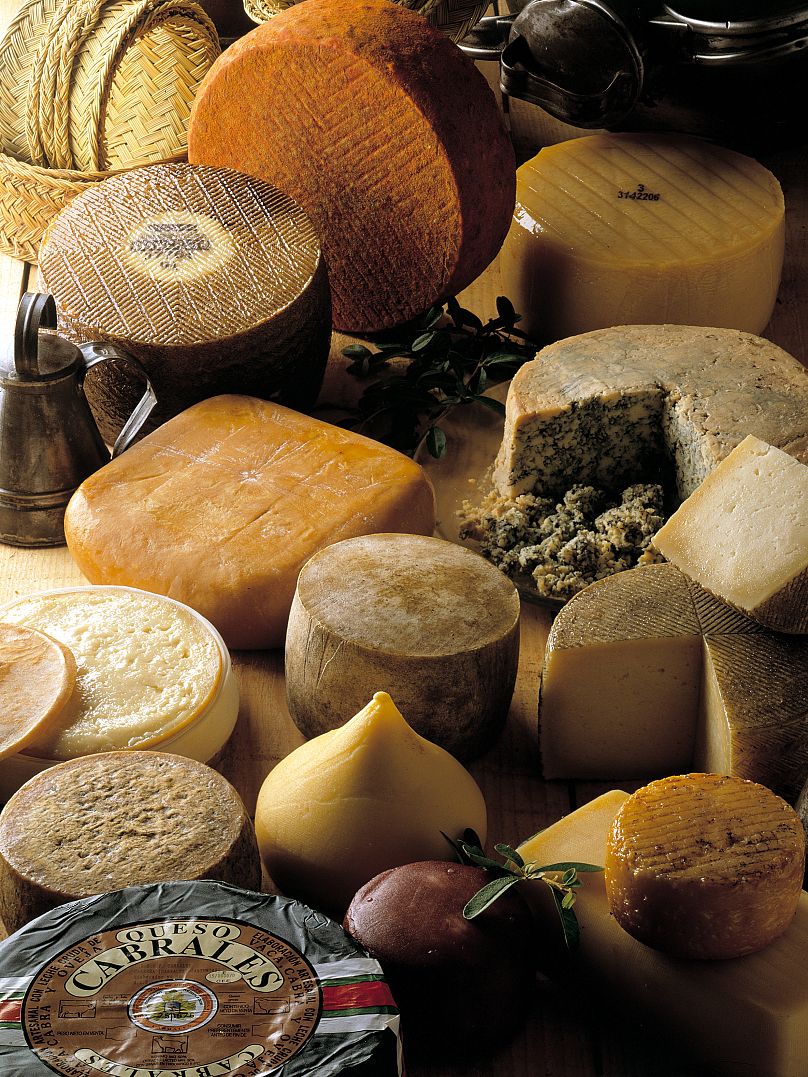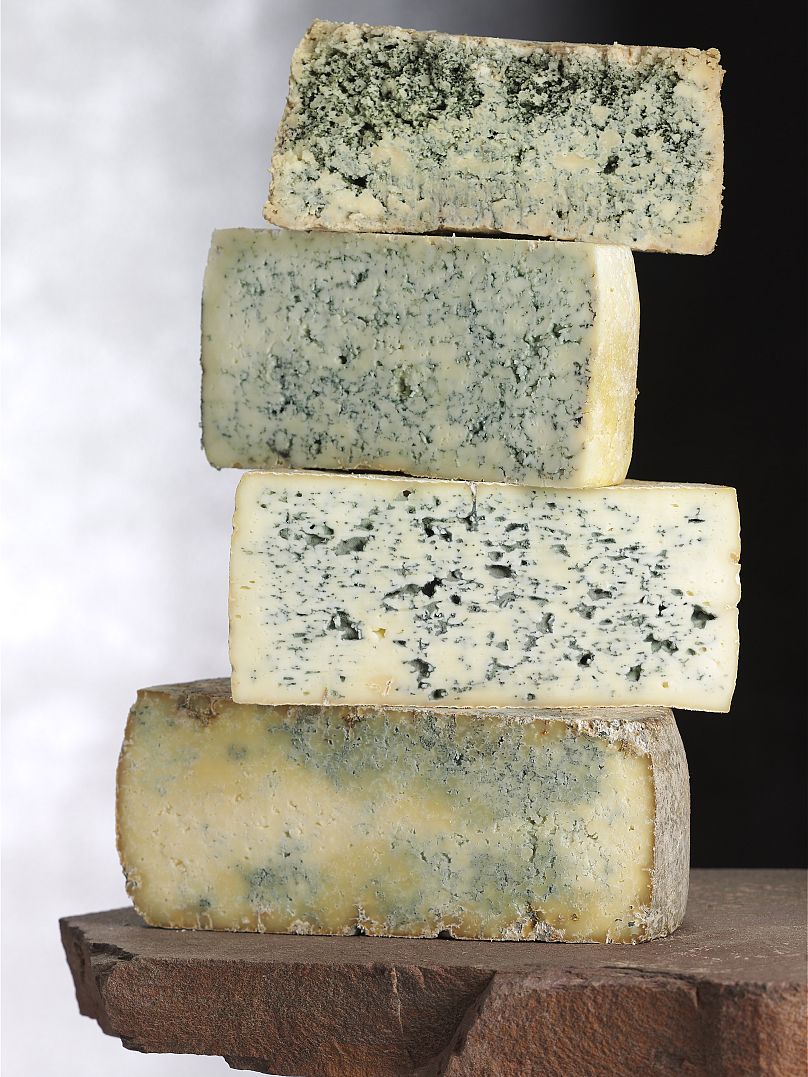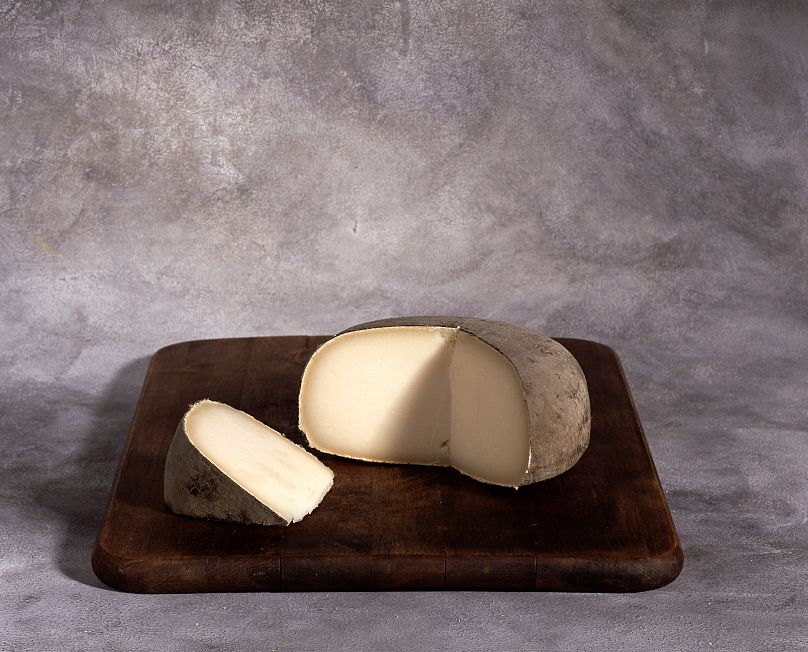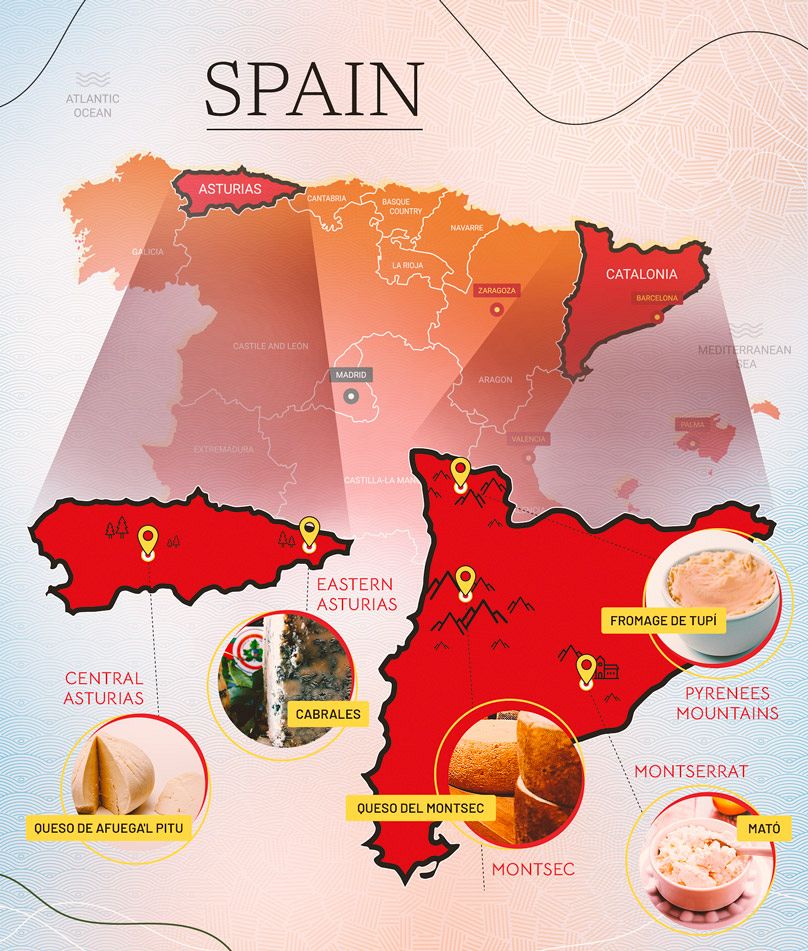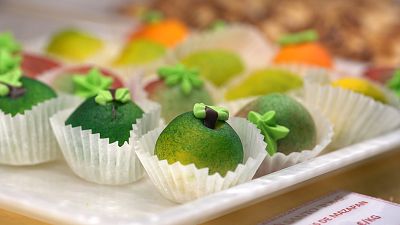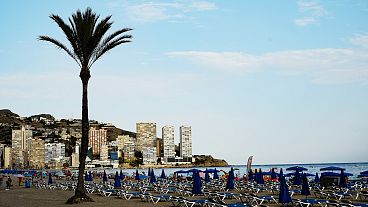Spain has earned the nickname of ‘the land of 200 cheeses’ and the country’s soft cheeses, in particular, are having their moment and winning international awards.
When you think of Spanish cheese, what’s the first thing that comes to mind? It might be the rich, creamy flavour of manchego or the sweet, fruity tang of Mahón. But look beyond the usual suspects and you’ll discover a huge variety of options.
Spain has earned the nickname of ‘the land of 200 cheeses’ and the country’s soft cheeses, in particular, are having their moment and winning international awards. Many of them have also protected designation of origin (PDO) status.
From the verdant north to the sun-kissed south, Spanish soft cheeses are being produced in new and traditional ways. But which regions should you visit if you’re hoping to get a true flavour of what Spain has to offer?
“Undoubtedly Asturias is the region with the most variety and tradition” says Enric Canut, technical agricultural engineer, cheese specialist and food consultant at ARDAI.
“But Catalonia is important too, because it has developed more than 100 new artisan dairies, run by very young and dynamic people with a wide variety of cheeses of all kinds.”
While these regions may be the epicentre of cheese production, the country boasts cheesemongers, artisans and makers from its west coast to the east, and the future of cheese production is looking promising..
“Spanish goat and sheep cheeses (hard and soft) have a great future within the European context,” says Jose Luis Martin, Master Cheese Tuner at Qava, an artisan cheese shop in Madrid.
“The Mediterranean climate brings many nuances to milk here - it is fattier, with more protein - which produces cheese with a lot of aromatic intensity,” he added.
So if you want to sample some of Spain’s tastiest soft cheeses from blue to milder flavours what should you look out for?
Asturias and Picos de Europa National Park
The lush grassy mountains of this north-western region make it the perfect place for cheese production. Whether they’re made from sheep’s, goat’s or cow’s milk, the soft cheeses of Asturias are seasoned by the landscape.
Picos de Europa National Park is the centre for cheese making in Asturias, with Canut referring to it fondly as “the cheese national park.” Particularly famed for its blue cheeses, Asturias has many varieties to its name, including Cabrales, a blue cheese made from unpasteurised cow’s milk, or blended with sheep or goat’s milk. This gives the cheese a heady, spicy flavour, so if you prefer milder cheese this isn’t the one for you.
For a milder flavour, try Queso de Afuega'l pitu, a cheese. Afuega'l pitu means ‘choke the throat’ in Asturian language and refers to its spicy flavour and the fact that its taste and texture changes as it matures. Made from full-fat cow’s milk it comes in several different varieties, colours and shapes depending on what ingredients have been added and its ageing period. Shapes include cheeses that resemble cloth bags and bishop mitres, while the peppered varieties are red in colour.
The next question is what to pair your delicious Spanish cheese with.
“For more than 30 years now, I have always recommended the use of white wines for most cheeses, both young, dry and fruity, as well as those fermented in barrels,” says Canut.
“I am also a big fan of a very fresh Cava Brut (not Nature, which is too dry and astringent) that has been aged for a long time in the bottle.”
Sherry is another excellent marriage for soft cheese too, with different varieties to sample with each type of cheese.
Catalonia, where young cheese makers are thriving
While Asturias may have a cheese tradition dating back centuries, the north-eastern region of Catalonia is where newer cheese producers are thriving. In the 1980s, the nearly extinct goat’s cheese, Garrotxa, was revived here by young cheesemakers and goat farmers' cooperatives.
Other soft cheeses to look out for here include Queso del Montsec, a soft white goat’s milk cheese from the mountainous region of Montsec, and Mató, a traditional soft cheese which is served as a dessert with honey in the Catalan region. Queso de tupí, a cheese fermented in a small pot, made from cow’s or sheep’s milk, is another classic from the Pyrenees too.
Other Spanish regions to look out for include the remote western region of Extremadura, which is famed for its goat and cake cheeses such as Torta del Casar and Queso de la Serena.
The Canary Islands have a reputation for goat’s cheese too, including the Montesdeoca of Tenerife, while Menorca is of course renowned for Mahón, which can be a soft or hard cheese depending on its maturity.
Whichever cheese you choose, Martin recommends looking for the following characteristics: “Creaminess, unity, very fine granularity and high solubility in the mouth.
“This should be accompanied by a good, balanced and persistent taste.”
